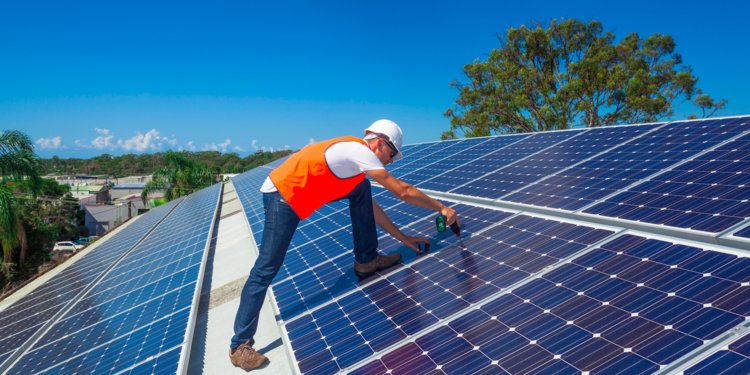Natural disasters have been haunting life on the Planet Earth since its inception. Hurricane and Typhoon are growing in number and veraciousness. Researchers are blaming climate change. In a recent article in Live Science,
“Hurricane Florence Is 50 Miles Larger, with 50% More Rain, Thanks to Climate Change”
Researchers were able to calculate the impact of climate, in this case they applied their techniques on Hurricane Florence.
Researchers found “Hurricane Florence will grow about 50 miles (80 kilometers) larger and will dump 50 percent more rain over a period from Sept. 11 to Sept. 16 than it would have in a world before climate change.”
It is becoming clearer now what the Global Warming effect on climate change. Hurricane Florence, became a class of its own and an opportunity to understand where are we heading with our abuse of our planet. But most importantly a stress test on how power plants and solar panels survive in such a critical weather conditions.
Duke Energy is the power company that serve both North and South Carolinas in supplying them with electricity. Only with few states they have a wide mix of almost all energies, except probably Geothermal (Natural Gas, Coal, Nuclear, Hydroelectric, and Renewables).
In South Carolina the fuel types are split into (Natural Gas 17%, Coal 20%, Nuclear 56%, Hydroelectric 3%, Renewables 4%).
While in the North Carolina (Natural Gas 30%, Coal 24%, Nuclear 33%, Hydroelectric 4%, Renewables 9%).
Based on the reliance of different fuel types, Nuclear Energy is predominately leading in both states (56% in the South and 33% in the North of the Carolinas).
After the Fukushima Nuclear Disaster Power companies have been very concerned on the effect of natural disasters on their Nuclear Plants and therefore they started to take extreme precautions. Duke Energy was no different and they had an elaborate plan with different scenarios based on different parameters, that they thoroughly executed.
Solar energy was under test also, as the case with other storms in the last decade.
As Nuclear Plants were shut down, Duke Energy have renewable energy of only (4% SC and 9% in NC) divided into 40 solar farms. As an act of precaution these sites were powered down and hold horizontally to avoid any severe wind effect that would result in damages. It seemed they withhold the impact of Florence and they were put in service just right after the storm. While the Nuclear was in a total shutdown, the Solar Panels were back in service immediately. Also, the rooftops solar panels, only few out of 800 houses installed by Yes Solar Solutions were out of production.
Hurricane Florence has passed the resiliency test like it did before in Houston, Hawaii and Puerto Rico, right after Maria, relied heavily on Solar Energy to survive the aftermath of this tragedy.
Again, as a proof test in the face of hurricanes will only make the case stronger for wider renewables deployment.










